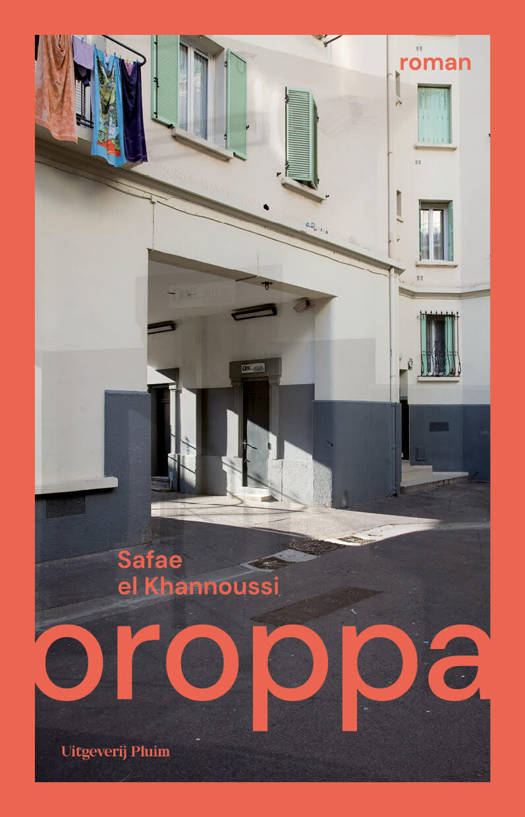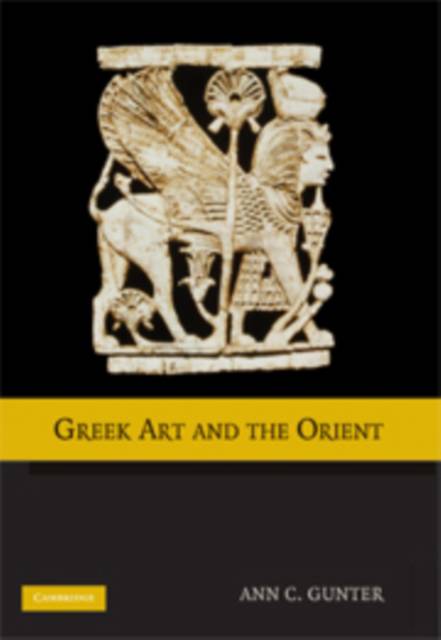
- Afhalen na 1 uur in een winkel met voorraad
- Gratis thuislevering in België vanaf € 30
- Ruim aanbod met 7 miljoen producten
- Afhalen na 1 uur in een winkel met voorraad
- Gratis thuislevering in België vanaf € 30
- Ruim aanbod met 7 miljoen producten
Zoeken
Omschrijving
For over a century, scholars have recognized an "orientalizing period" in the history of early Greek art, in which Greek artisans fashioned works of art under the stimulus of Near Eastern imports or resident foreign artisans. Previous studies have emphasized the role of Greek and Phoenician traders in bringing about these contacts with the civilizations of the ancient Near East and Egypt, debating their duration or intensity in the Greek world. In this study, Ann Gunter interrogates the categories of "Greek" and "Oriental" as problematic and shifts emphasis to modes of contact and cultural transfers within a broader regional setting. Her provocative study places Greek encounters with the Near East and Egypt in the context of the Neo-Assyrian Empire, which by the 8th and 7th centuries BCE extended from southern Turkey to western Iran. Using an expanded array of archaeological and textual sources, she argues that crucial aspects of the identity and meaning of foreign works of art were constructed through circumstances of transfer, ownership, and display.
Specificaties
Betrokkenen
- Auteur(s):
- Uitgeverij:
Inhoud
- Aantal bladzijden:
- 272
- Taal:
- Engels
Eigenschappen
- Productcode (EAN):
- 9780521832571
- Verschijningsdatum:
- 16/02/2009
- Uitvoering:
- Hardcover
- Formaat:
- Genaaid
- Afmetingen:
- 183 mm x 254 mm
- Gewicht:
- 839 g

Alleen bij Standaard Boekhandel
+ 366 punten op je klantenkaart van Standaard Boekhandel
Beoordelingen
We publiceren alleen reviews die voldoen aan de voorwaarden voor reviews. Bekijk onze voorwaarden voor reviews.











